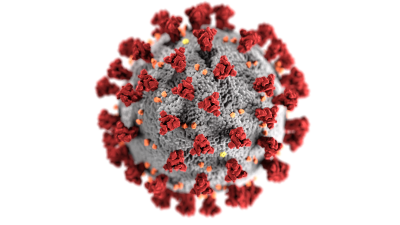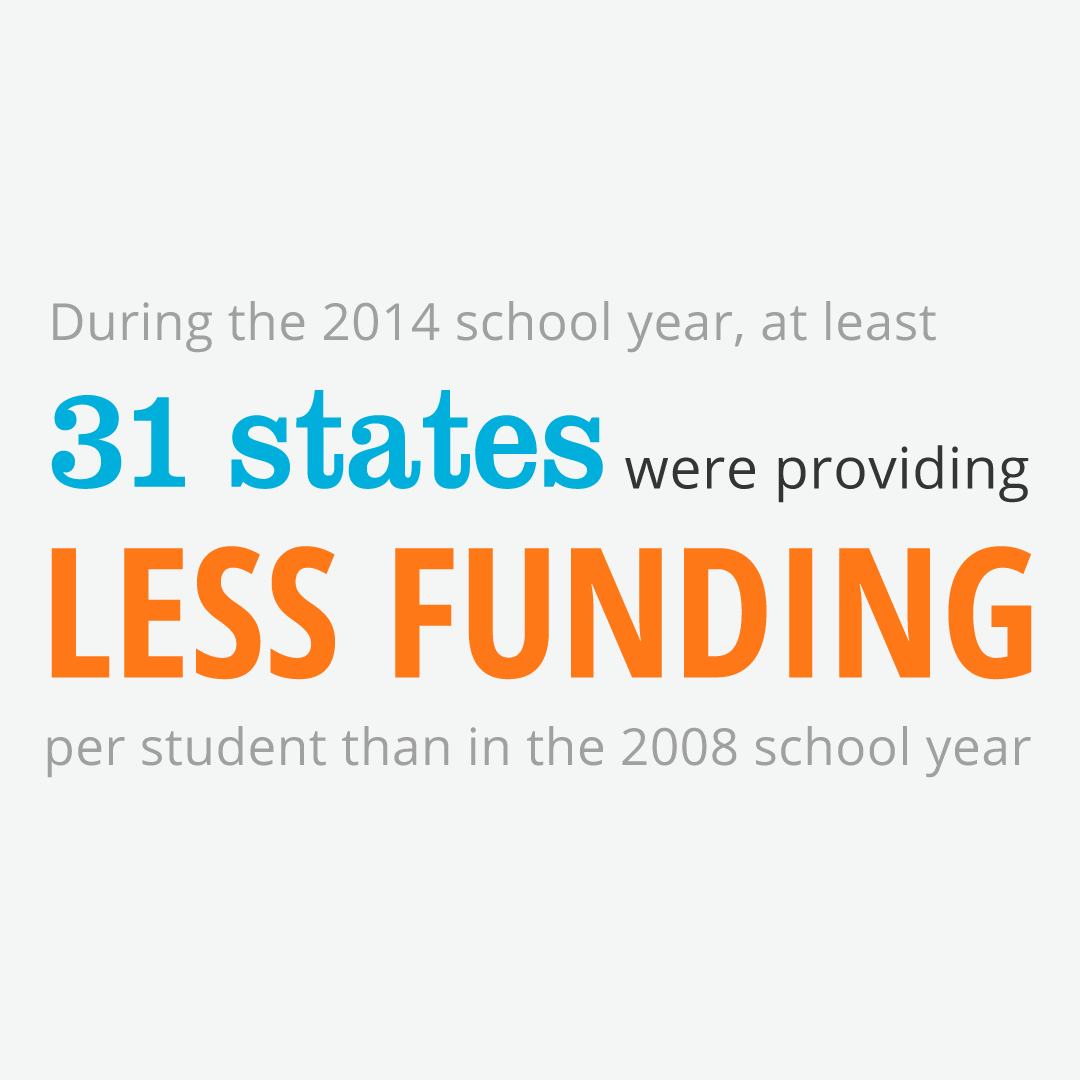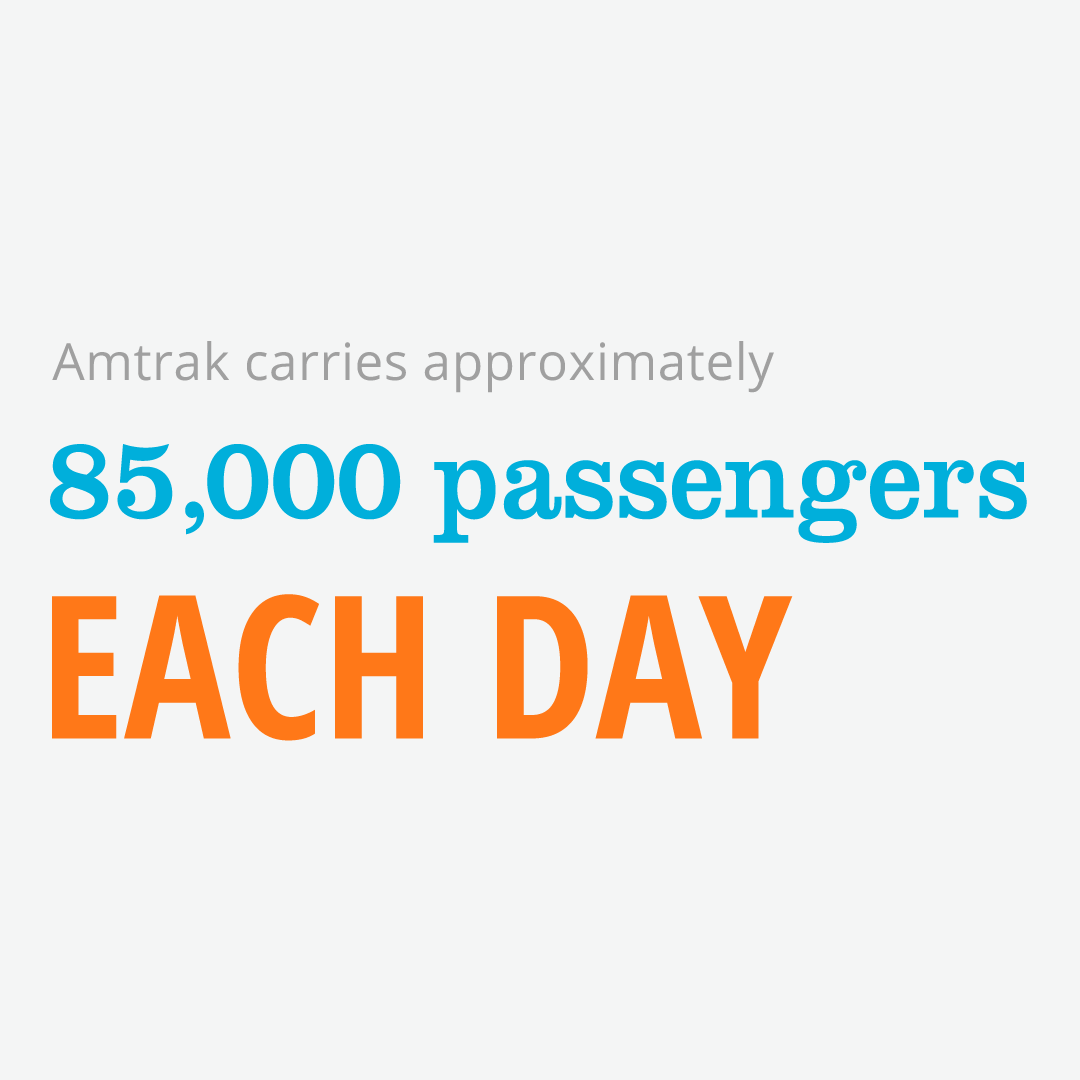With the COVID-19 (coronavirus) pandemic now impacting all 50 states, D.C., and Puerto Rico, life as we know it has ground to a halt. This has cascading impacts on the infrastructure sectors that engineers work on – from declining infrastructure revenue sources, such as state DOT and transit agency budgets, to delayed projects across the U.S. 
Transportation systems have been drastically impacted as individuals, businesses, and governments are following the Centers for Disease Control (CDC) guidelines to limit travel except for emergencies and shelter-in-place, due to the potential spreading caused by crowded travel settings. From local transportation systems being forced to adjust to or cancel services to concerns over the impact of the virus on water utilities, society and our infrastructure sectors have come face to face with unique challenges.
Transit providers and airports have seen dramatic passenger declines, impacting their revenue and creating uncertainty in the industry. Additionally, state transportation authorities have had to reduce the number of trains and buses, and therefore employees, due to anxieties of the pandemic. Airports and our aviation system are estimated to have $2.5 billion in revenue loss; intercity bus companies have already seen a 60-95% drop in ridership; and Amtrak year-over-year bookings are down 50% with cancellations up more than 300%. In order to survive, these industries have requested federal assistance: airports requested $10 billion, transit asked for $13 billion, and Amtrak sought $1 billion.
The American Association of State Highway and Transportation Officials (AASHTO) urged Congress to support $16.7 billion in supplemental federal transportation funding to backstop state revenue shortfalls expected due to COVID-19, while other stakeholders pointed to the need for a surface transportation reauthorization. Despite the decrease in usage and revenue across key elements of our surface transportation network, each state Department of Transportation (DOT) has taken a different approach on continuing project delivery. Currently, the Pennsylvania Department of Transportation (PennDOT) has suspended all road and bridge construction, while other state DOTs are continuing activity.
How then does COVID-19 affect our drinking water and wastewater systems? Through guidance and communications to the public, the U.S. Environmental Protection Agency and major water associations have reassured us that the virus has not been detected in drinking-water supplies and wastewater and that water supplies remain a “safe and affordable way to access water” during this pandemic. While no detection, guidance has been issued to help the sector prepare for the possibility.
Furthermore, many drinking and wastewater treatment facilities are noting that they have contingency and continuity of operation plans in place. For example, in an interview with E&E News, John Lisle, DC Water’s vice president for marketing and communications stated the agency has already activated their plan to “prioritize execution of tasks related [to] safety and public health with up to a 40% reduction in staffing.” To ensure continued service, the Department of Homeland Security released guidance this week outlining essential infrastructure workers during the pandemic. That guidance includes those employed at water infrastructure systems, as well as across several other infrastructure categories.
Many municipalities around the country have restarted water service to residents who have fallen behind in payments, and others have passed measures to suspend water shutoffs during this time. American Water, the largest private water utility company, pledged to end all shutoffs. Meanwhile, House Energy & Commerce Chairman Frank Pallone (D-NJ) and Transportation & Infrastructure Committee Chairman Peter DeFazio (D-OR) called on water utilities to stop shutting off service and states across the country including Florida, New York, Pennsylvania, and others have waived water shutoffs.
An Opportunity for Infrastructure in COVID-19 Relief Legislation?
Earlier this week, President Trump signed a multibillion-dollar emergency aid package (Phase 2) to confront the economic impacts of the COVID-19 pandemic. The legislation expands unemployment insurance, grants sick leave to hourly employees, and ensures free testing. On Thursday evening, Senate Republicans introduced the text of a “Phase 3” aid package to provide additional relief to taxpayers and industries hard hit by the pandemic.
The $1 trillion bill includes $500 billion to provide two $1,200 checks to every American adult, $300 billion in new loans for small businesses, and $208 billion for loans for large businesses which includes a $58 billion set aside for air carriers. At this time the legislation does not include relief for transit agencies, however that is anticipated to be added during negotiations with Senate and House Democrats. The bill also does not include an infrastructure component, however additional stimulus packages are still likely.
ASCE is supporting efforts by several Members of Congress and coalition groups to include a reauthorization of surface transportation programs and additional investment in the nation’s infrastructure in any further legislation that is proposed. This week, the Transportation Construction Coalition, of which ASCE is a member, sent a letter to Congress urging inclusion of a surface transportation reauthorization in a future stimulus package.
*Written by Joe Brady and Natalie Mamerow with assistance of Caroline Sevier, Alexa Lopez, and Emily Feenstra























































